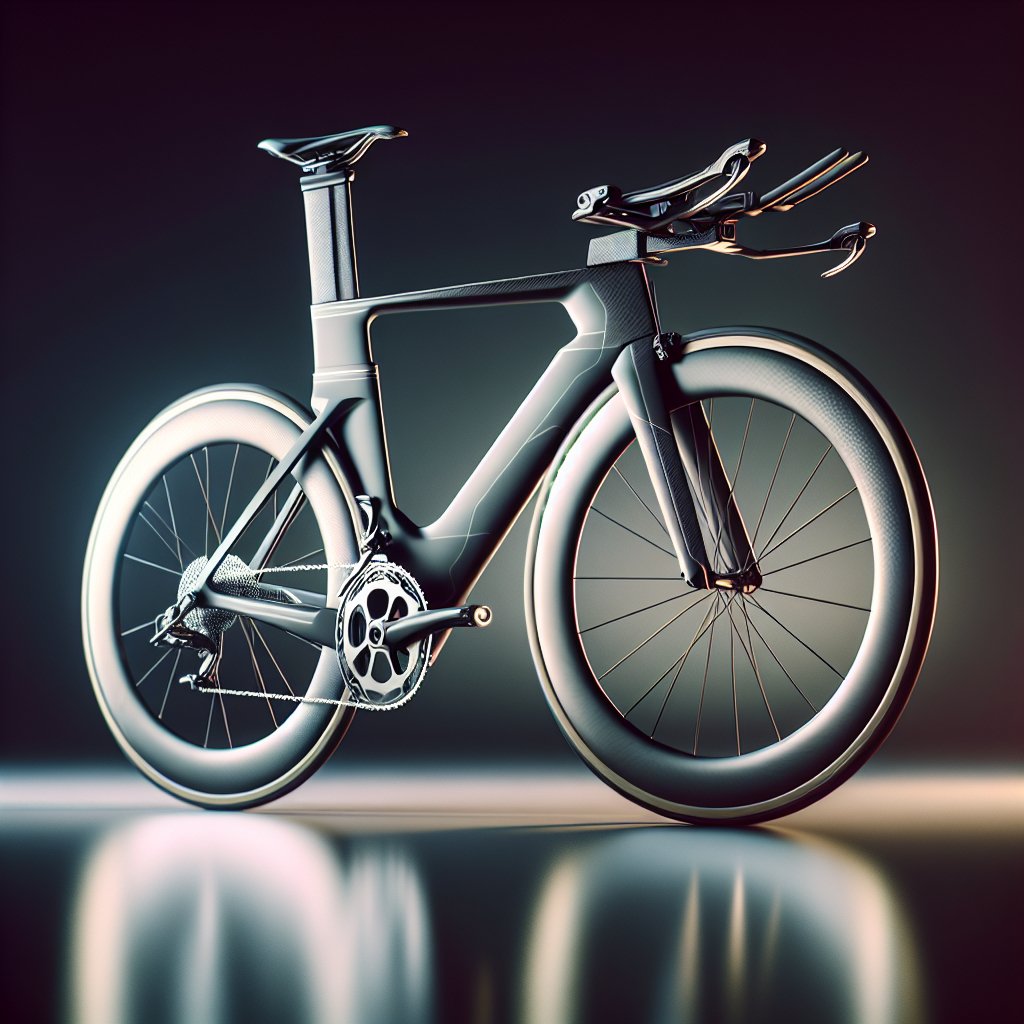Mastering essential bicycle upkeep transforms every ride into a safer and more enjoyable experience. Proper care not only extends the life of your bike but also ensures peak performance on every trail and road. Whether you’re a weekend warrior or a daily commuter, dedicating time to routine maintenance will pay dividends in reliability, efficiency, and overall ride quality.
Basic Inspection Before Every Ride
Routine checks keep unexpected breakdowns at bay. Performing a quick assessment before heading out can save you from roadside emergencies and costly repairs. Follow this simple pre-ride workflow:
- Tires: Inflate to the recommended pressure stamped on the sidewall. Underinflated tires increase rolling resistance and risk pinch flats, while overinflation reduces traction.
- Brakes: Squeeze both brake levers to confirm firm engagement and check pad alignment. Worn pads or misaligned calipers compromise stopping power.
- Chain and drivetrain: Look for rust, debris, and stiff links. A well-maintained chain ensures smooth shifting and reduces wear on chainrings and cassette cogs.
- Quick-release skewers: Verify that front and rear skewers are securely tightened. Loose wheels pose a serious safety hazard.
- Frame and forks: Scan for cracks, dents, or unusual wear, especially around welds and high-stress areas.
Maintenance of the Drivetrain and Lubrication
The drivetrain is the heart of your bike’s power transmission. Without proper care, efficiency plummets, and components wear prematurely. Follow these detailed steps to keep your drivetrain in top shape:
Cleaning the Chain and Gears
- Use a dedicated chain cleaning device or a soft brush with degreaser to remove old lubricant, dirt, and grit.
- Rotate the cranks backward to work the degreaser through each link. Rinse thoroughly with water and allow components to dry completely.
- Inspect chain wear with a gauge. Replace the chain if it exceeds the manufacturer’s wear limit to avoid damaging expensive cassette cogs.
Applying Lubrication
- Select a lubricant suited for your riding conditions: wet lube for rainy environments, dry lube for dusty or arid trails.
- Apply one drop per chain link and allow time for penetration. Wipe off excess lube to prevent dirt accumulation.
- Run the chain through all gears to distribute lubricant evenly across chainrings and derailleurs.
Brake System Care and Safety Checks
Effective braking is essential for control and safety. Both mechanical and hydraulic systems require regular attention:
Mechanical Brake Maintenance
- Check brake cable tension. Over time, cables stretch and housing compresses, reducing responsiveness.
- Lubricate pivot points with a light lubricant to prevent squeaking and ensure smooth lever action.
- Align brake pads so they contact the rim squarely and avoid rubbing on tire or spokes.
Hydraulic Brake Maintenance
- Inspect hoses for leaks, cracks, or swelling. Any sign of damage warrants immediate replacement.
- Bleed hydraulic systems every six to twelve months or when brake feel becomes spongy.
- Use manufacturer-recommended fluid to avoid seal damage and maintain braking performance.
Wheel, Hub, and Tire Setup
Wheels bear the rider’s weight and absorb road impacts. Proper wheel upkeep maintains alignment and rolling efficiency:
- Check for lateral and radial trueness. Minor deviations can often be corrected with spoke adjustments using a spoke wrench.
- Inspect hub bearings. Tighten loose cones or replace sealed cartridge bearings when play is evident.
- Torque thru-axles or quick-release skewers to manufacturer specifications to prevent loosening.
- Examine tires for embedded glass, nails, or cuts. Replace if the tread is worn or the sidewall shows signs of aging.
Saddle, Seatpost, and Handlebar Adjustments
Comfort and control depend on precise fit and secure clamping of cockpit components:
Seatpost and Saddle
- Grease metal seatposts to prevent seizing, or use carbon assembly paste for carbon components to increase friction without over-torquing.
- Set saddle height so that your knee has a slight bend at the bottom of the pedal stroke. Adjust fore-aft and tilt according to comfort and pedaling efficiency.
Handlebars and Stem
- Check stem bolts with a torque wrench. Over-torquing can damage carbon or aluminum components; under-torquing can lead to slippage.
- Ensure headset bearings are properly preloaded. Headset play causes imprecise steering and can accelerate bearing wear.
- Position grips or bar tape for maximum comfort and control, especially on long rides.
Essential Tools for Home Workshops
Having the right tools empowers cyclists to perform routine maintenance and minor repairs independently:
- Hex wrenches (2mm to 8mm): Versatile for most bolts on modern bikes.
- Torque wrench: Ensures correct tightening, protecting threads and preventing component failure.
- Chain tool: For installing and removing chain links.
- Spoke wrench: Required for truing wheels.
- Floor pump with a reliable gauge: Inflates tires to the precise pressure.
- Chain wear indicator: Measures elongation to decide when to replace the chain.
- Screwdrivers and cone wrenches: Useful for brake adjustments and hub service.
Seasonal Overhaul and Deep Cleaning
A comprehensive tune-up once or twice a year revitalizes your bicycle’s major systems and addresses wear accumulated over many rides:
- Disassemble the drivetrain for thorough degreasing and component inspection.
- Service bottom bracket, headsets, and wheel hubs by cleaning bearings and applying fresh grease.
- Inspect frame for corrosion or stress fractures; touch up paint chips to prevent rust.
- Replace worn cables, housing, and brake pads to restore optimal performance.
Advanced Adjustments and Professional Support
While many tasks can be handled at home, certain adjustments and repairs require specialist tools and expertise:
- Hydraulic brake bleeds with professional-grade equipment.
- Frame alignment checks using a truing stand or frame jig.
- Wheel building and re-lacing requiring precise spoke length calculations.
- Electronic drivetrain diagnostics and software updates for e-bikes.
Building a Maintenance Routine
Create a simple schedule based on mileage and riding conditions. For example:
- Every ride: Quick pre-ride inspection and tire pressure check.
- Every month or 200 miles: Clean and lube the chain, check brake pads, inspect cables.
- Every season or 1,000 miles: Full disassembly, bearing service, wheel truing, cable replacement.
By integrating these tasks into your cycling routine, your bike remains a reliable partner on every journey. Regular care nurtures longevity, enhances safety, and ensures each pedal stroke delivers maximum efficiency and satisfaction.












